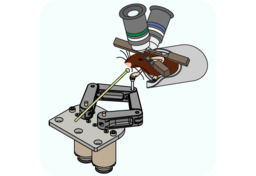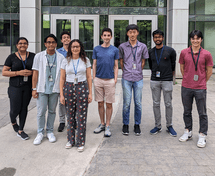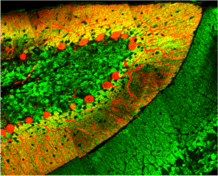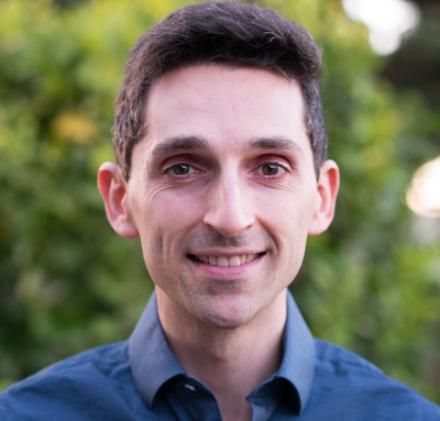
We aim to understand brain computations that help animals learn new skills. We are focused on the universally conserved circuits interconnecting the neocortex and cerebellum, which together account for ~99% of human neurons. Strikingly, cortico-cerebellar circuit anatomy is preserved across many domains of information processing, suggesting some basic computational approaches with utility across many behaviors and mammalian species. We are interrogating the transmission and transformation of information through cortico-cerebellar circuitry, and its modification with learning. We engineer new strategies to observe and manipulate circuits in learning animals, and use computational approaches to identify underlying mathematical principles. Via neural imaging, electrophysiology, optogenetics, and viral-genetic techniques, we are developing and testing hypotheses of cortico-cerebellar learning strategies.




